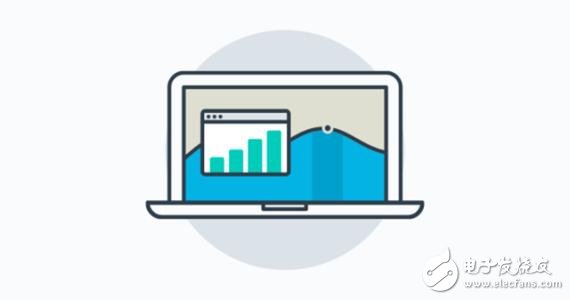In a rapidly changing world, it is difficult for organizations to catch up with new concepts that are constantly emerging. But people need to distinguish which technologies and concepts are useful and which are just a kind of hype. In the field of data analysis, it is the big data that has raised questions in this era. Now, as this concept becomes clearer, a new wave of applications is coming: people need to understand how big data is used in the Internet of Things. A heated discussion about what big data is and the value it can bring has begun to fade. However, when experts began to use a large number of technology combinations of big data and the Internet of Things, people once again tried to define the way the Internet of Things and big data are connected. In short, the Internet of Things is a network of devices connected to the Internet. These devices have built-in sensors that generate data and send it out to communicate with each other and with the analysis system. Even though it is still new to IoT devices, this concept has found its way in people's lives. Imagine a smart home that regulates the temperature by adjusting the operating mode of the heating and air conditioning system. It can turn the lighting system on and off and send out signals about leaks or gas leaks or outside intrusions. Most importantly, smart homes can do this without the involvement of the head of the household. A typical example of an IoT business is machine monitoring, using multiple sensors mounted on different machine components. These sensors send readings about temperature, vibration, pressure, lubrication, etc. to the analysis system, which analyzes the system and identifies hidden patterns and correlations. If the system recognizes that the reading matches a certain failure mode, an immediate alert is sent to the maintenance team. The following will answer the thorny question of how the Internet of Things intersects with big data. When some technologies are being hyped, the Internet of Things may be one of them. In fact, IoT data is one of the big data types, which makes the big data technology stack a good (but not the only) option for processing IoT data at all stages. For data ingestion, companies can use Apache Kafka because the technology supports data streaming. The Apache Hadoop ecosystem is ideal for storing and processing historical data, while Apache Spark is ideal for near real-time data processing. And people are beginning to understand the use cases provided by manufacturers. At the same time, you can also learn about IoT data in other industries and learn about IoT big data use cases. Healthcare: In the healthcare arena, wearable sensor devices with mobile application technology enable remote health monitoring. The method works as follows: The sensor monitors the status of a particular patient (heartbeat, body temperature, blood pressure, respiration rate, etc.) and transmits the data to the cloud in real time and then to the application. The analytics system constantly searches for hidden trends in all patient IoT data and attempts to identify patterns that may trigger complications. If the big data analysis of the Internet of Things shows some worrying symptoms, the system will immediately send an alert to patients and doctors. Retail: Amazon, a well-known retailer, recently launched a new concept, Amazon Go. This is a store without a cashier, and customers don't have to wait in line for shopping. To enter the store, just scan their smartphone. In fact, here is the Internet of Things and big data analytics: the store is full of sensors and cameras, customers shop in the store, the camera is able to distinguish each of them, and track them all in the shopping cart or back to the shelf product. Weight sensors provide an extra point of control: they can recognize that a particular product is no longer on the shelf. When the customer completes the purchase, all the products they choose are displayed in a real and virtual basket, the customer can leave the store, and the system will charge later. There is no doubt that Amazon Go is a visionary concept. However, the retail industry has shown more down-to-earth ideas, such as smart logistics technology, to track and optimize routes and identify the behavior patterns of each truck driver. The retailer also uses the beacon to activate the visitor's app and launch relevant product offers and promotions as the visitor enters the store and passes the beacon. Visitors will be satisfied because they receive personalized offers from participating in the promotion. At the same time, beacons are also helpful to store employees because they identify valuable customers who need high quality services. Banking: The banking industry also benefits from the Internet of Things. Banks are struggling to capture a full range of customer perspectives and provide a seamless customer experience. While this has all started with the active involvement of smartphones, the Internet of Things has expanded to wearables. For example, Bank of America worked with FitPay to further advance wearable payment technology. Through this collaboration, cardholders will be able to pay directly from their smart watches and other wearable devices. Banks will be able to identify customer behavior and preferences. Despite more hype around the Internet of Things, it is just one of the big data sources. There is no doubt that this is a valuable area and it is constantly evolving. If the company has implemented some big data solutions, perhaps it has already processed IoT data. If the company is planning to adopt a big data solution, hope that the use cases described above can inspire some great ideas. 10.1 Inch Laptop,win10 Laptops,win11 Laptops Jingjiang Gisen Technology Co.,Ltd , https://www.jsgisengroup.com